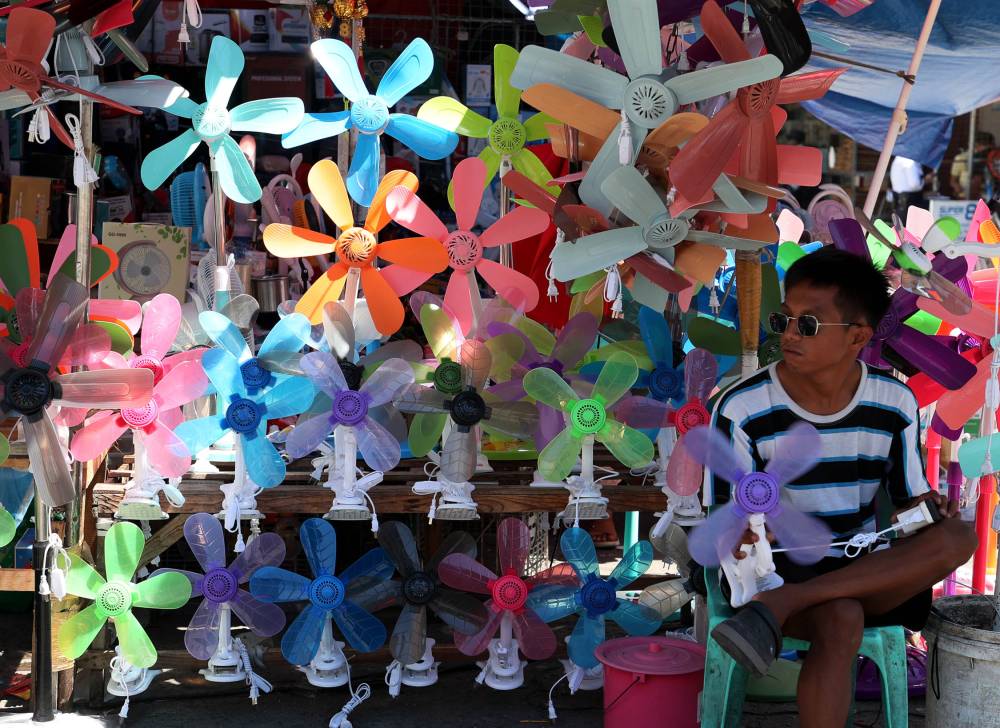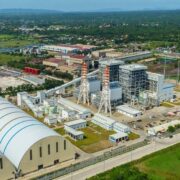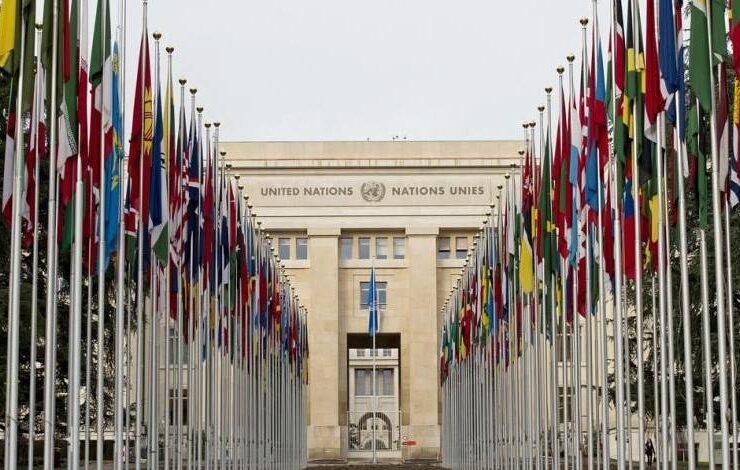Pagasa: ‘Extreme danger’ heat levels still to come

Heat indices in the country will soon hit levels of “extreme danger” in the coming days and next month, as temperatures continue to rise at the height of the summer season, on top of the lingering effects of the El Niño phenomenon, a Philippine Atmospheric, Geophysical and Astronomical Services Administration (Pagasa) official warned on Thursday.
Ana Liza Solis, officer in charge of Pagasa’s Climatology and Agrometeorology Division, said in a television interview that the heat index in some parts of the country was projected to reach up to 52 degrees Celsius when summer reaches its peak next month.
“Based on Pagasa’s ongoing monitoring of the discomfort index or heat index, there is a possibility that some areas in the country will experience levels of extreme danger, which is 52 degrees or higher,” she said.
“With this heat level, heatstroke is imminent or probable [for] people who are directly exposed to sunlight, which is why we need to take precautions,” she added.
Maximum temperatures
According to Solis, up to 17 provinces have already posted high heat indices in the past two days, while some areas have already hit the maximum daytime temperatures projected by Pagasa for this year.
“[We] predicted before the onset of the dry season that this could be one of the warmest dry season months. This is what we are actually experiencing now, which is also caused by El Niño,” she said.
She pointed to some areas in Isabela province, including Echague town, which have registered temperatures of up to 40 C, while Metro Manila has also been reporting record-high daytime temperatures of 36.9 C.
“It can be observed that the areas that have posted high temperatures are coastal areas; while cities like Metro Manila are also registering high heat levels due to ‘urban heat island effect,’” Solis said.
Many parts of the country, however, would experience hotter days next month, she warned.
“By May, we can expect higher temperatures in Cagayan Valley—especially Cagayan and Isabela provinces—Ilocos Region, Central Luzon and the neighboring provinces of Metro Manila—the coastal areas of Batangas and Cavite,” she said.
As of Thursday morning, seven of the nine major dams being monitored by Pagasa continue to lose water due to the combined effects of rising heat and the lack of rain caused by El Niño. All nine dams are also below their normal high water levels (NHWL).
Dam levels still dippingThe water level of Angat Dam, a critical reservoir that supplies much of Metro Manila’s water needs, has dropped by 0.37 meters, putting the reservoir at 192.92 m, well below its NHWL of 212 m.
Ipo Dam, which is fed by the Angat reservoir, has also seen its water level decline by 0.05 m, reaching 99.73 m, below its NHWL of 101 m.
La Mesa Dam, another important water source for Metro Manila, has lost 0.01 m, with its reservoir level now at 75.67 m compared to its NHWL of 80.15 m.Other dams have also been impacted, with Ambuklao Dam losing 0.02 m and the San Roque Dam shedding 0.26 m. Pantabangan Dam lost 0.07 m, while Caliraya Dam saw a 0.26-m decline.
On the other hand, Binga Dam gained 0.06 m and Magat Dam increased by 0.04 m, though both remain below their respective NHWLs.





















